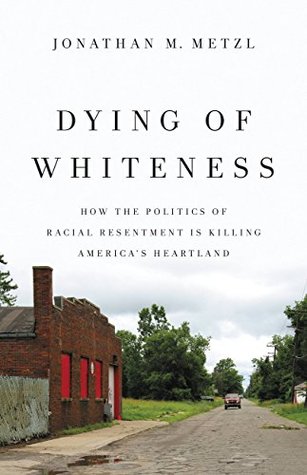More on this book
Community
Kindle Notes & Highlights
Read between
May 28 - July 10, 2025
this was at the expense of people like Trevor, who gave his life to keep his dogma on top.
racism remained an issue, not because of their attitudes but because they lived in states whose elected officials passed overly permissive gun policies, rejected health care reform, undercut social safety net programs, and a host of other actions. In these and other instances, racism and racial resentment functioned at structural levels and in ways that had far broader effects than the kinds of racism that functions in people’s minds.
In 1996, Congress passed a ban on federally funded gun research. Legislators—lobbied heavily by the National Rifle Association—added a rider to the federal budget. That rider is known as the Dickey Amendment, and it stripped the Centers for Disease Control (CDC) of funding for gun violence prevention research and stipulated that “none of the funds made available for injury prevention and control at the Centers for Disease Control and Prevention may be used to advocate or promote gun control.”
In an extensively researched “hidden history” of the Second Amendment, Bogus finds that “the militia remained the principal means of protecting the social order and preserving white control over an enormous black population.”
Yet the very idea of even studying risk becomes a risk itself when the conversation turns to guns, laying the groundwork for decisions that seem at odds with individual and national well-being.


